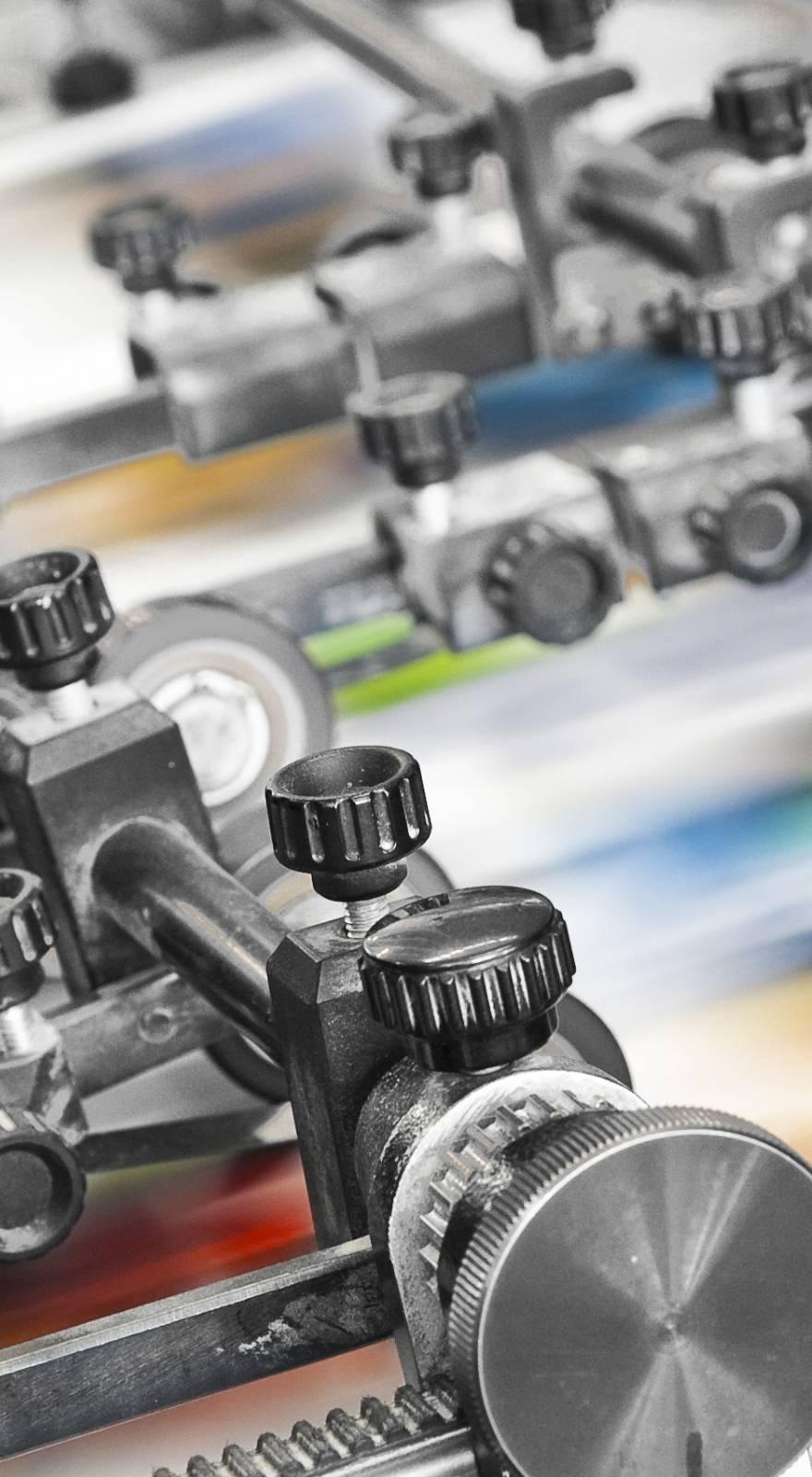Knowde Enhanced TDS
Identification & Functionality
- Chemical Family
- Polymer Name
- Plastics & Elastomers Functions
- Technologies
Features & Benefits
- Labeling Claims
- Product Attributes
There are several LIGHTER PET polymers, designed for the specific performance requirements of different applications, including very good mechanical properties, excellent clarity and a wide processing range on all injection and stretch blow molding machines.
- Recycling
Polyethylene terephthalate resins can be recycled. Production rejects, and/or conversion waste should be recycled if possible.
Applications & Uses
- Markets
- Applications
- Plastics & Elastomers End Uses
- Plastics & Elastomers Processing Methods
Properties
- Typical Properties
| Value | Units | Test Method / Conditions | |
| Acetaldehyde | max. 1 | ppm | 1/MA/1/004 |
| Moisture Content | max 0.4 | % | 1/MA/1/005 |
| Bulk Density | 880 | kg/m3 | 1/MA/1/008 |
| Color, Coordinate b | max. 1 | — | 1/MA/1/003 |
| Crystallinity | min. 50 | % | 1/MA/1/018 |
| Fine Particles Content | max. 500 | ppm | 1/MA/1/001 |
| Glass Transition Temperature | 78 | °C | 1/MA/1/007 |
| Intrinsic Viscosity | 0.76 ± 0.02 | dl/g | 1/MA/1/002 |
| ISO Viscosity Number | 88 | ml/g | ISO 1628/5 |
| Melting Point (Peak) | 247 | °C | 1/MA/1/007 |
| Weight of 100 Granules | 1.5 | g | 1/MA/1/015 |
Regulatory & Compliance
- Regulatory & Compliance
LIGHTER C88, when used unmodified and processed under good manufacturing practices, should allow packaging article production in compliance with the laws and regulations for articles in contact with foodstuffs in force in the European Union and in the United States of America. Please contact your nearest Equipolymers sales office regarding food contact compliance statements. The purchaser remains responsible for determining whether the use complies with all relevant regulations.
Safety & Health
- Safety Considerations
Material Safety Data Sheets for polyethylene terephthalate resins are available from the Customer Service offices to help customers further satisfy their own safe handling and disposal needs. Such information should be requested from the supplier(s) of any product(s) prior to working with it. The comments that follow are pertinent only to the resins discussed, as supplied. The various additives and processing aids used in fabrication will have their own safe-use profile and must be investigated separately.
- Safety & Health
Polyethylene terephthalate resins are among the most inert commercial polymers and constitute no hazard in normal handling from skin contact or ingestion. For “Regulated” uses, such as food contact, your sales representative can obtain compliance letters for specific resins. Normal goodhousekeeping practice should be followed. Workers should be protected from possibility of skin or eye contact with molten polymer. Safety glasses are suggested as a minimal precaution to prevent possible mechanical or thermal injury to the eyes. Fabrication areas should be ventilated to carry away fumes or vapors: workers should be assured of a supply of fresh air. Workplace environments should be kept clean and free of dust. Ensure that all applicable laws and regulations are met.
- Combustibility
Polyethylene terephthalate resins will burn when supplied with adequate amounts of heat and oxygen. They should be handled and stored away from contact with direct flames and/or other ignition sources. In burning, polyethylene terephthalate resins contribute high heat and may generate a dense black smoke. Fires can be extinguished by conventional means. In enclosed areas, fire fighters should be provided with self-contained breathing apparatus.
Storage & Handling
- Disposal
When disposing of any wastes, be certain all applicable laws and regulations are met. If these regulations are met, the following is applicable for the polyethylene terephthalate resins as supplied. Polyethylene terephthalate resins can be disposed of either by incineration (preferred) or landfill. With properly controlled industrial, commercial or municipal incineration, particulate or gaseous discharge into the air can be maintained within allowable levels. Thermoplastic resins, such as polyethylene terephthalate resins, have high heat values and should be incinerated only in units designed to handle high heats of combustion. In landfill, polyethylene terephthalate resins are inert, do not degrade, form a strong and permanent soil base, and emit no gasses or leachates known to pollute water resources.







